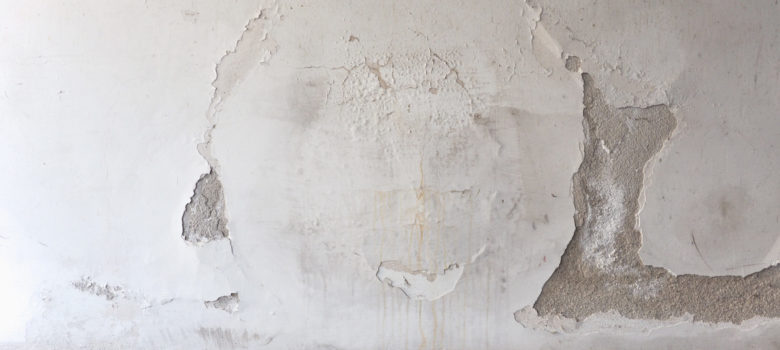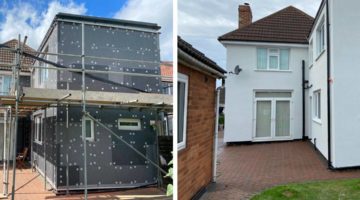
It’s the chilly season, and we all know that means it’s time to turn up the thermostat and warm up our homes. But what if your walls seem to be leaching the heat from the room? What is the cause of a cold wall, and how can it be solved? Does it cause really affect the temperature in the room as much as it seems?
What is causing my cold walls?
If the wall feels cold, chances are your home is not very well insulated. This is particularly the case for older properties, with cold external walls.
Like anything else, walls are subject to heat transfer. In a poorly insulated wall, the warmth inside your home dissipates quickly to the outside, creating a noticeably cool wall in comparison to the room. If the wall is well insulated, a barrier is created that prevents the warmth from escaping out and the cold getting through to the internal side. This means the wall is able to hold the warmth better and not let it dissipate out.
If you have a solid-walled property, this is likely an issue that you’re familiar with. If you have a cavity wall property and you begin to experience cold walls, or cold spots on otherwise warm walls, then you may have issues with your cavity wall insulation.
Should I be worried about cold walls?
This really depends how cold it is, and how much you’re willing to spend to rectify the problem.
A slightly chilly wall that doesn’t affect you too much is unlikely to be a big problem. It will affect your energy bills, since 35% of all heat loss occurs through If, however, the wall is cold enough for the moisture in the warm roof to condense on it, then you are likely to find yourself with damp and eventually mould.
How can I warm up my walls?
If you have walls that have damp or cold to the touch and you want to make them warmer, the easy answer to this is to insulate. This can involve some large scale works like installing an external insulation system, which can be around £100 per square meter, so not a particularly cheap solution, but a very effective one.
If you have a cavity wall, then you can fill the cavity fairly easily in most scenarios, at a cost of around £10 per square meter. As we’ve mentioned, if you already have cavity wall insulation installed and are experiencing problems with cold walls, it’s possible that there’s an issue with the insulation itself. If this is the case, it’s worth getting in contact with local cavity insulation removal experts (or use the form below to let us help you find one
How to reduce moisture on cold walls
Cold walls can reach the dew-point for moisture in the air, meaning that it will condense and cause damp. The first solution is to improve the insulation on the wall itself. However if insulation is not a possibility, or not quite doing the job, make sure you have adequate ventilation. Ventilation can help remove the moisture from a room and keep the walls dry.

Where convection based heating warms the air, which then moves around the room, radiant heating heats a surface or solid object, not heating the air in between directly. The end result is that the temperature of the surface will be almost as warm, if not warmer than, the air. This will prevent condensation.












Bed walls cold